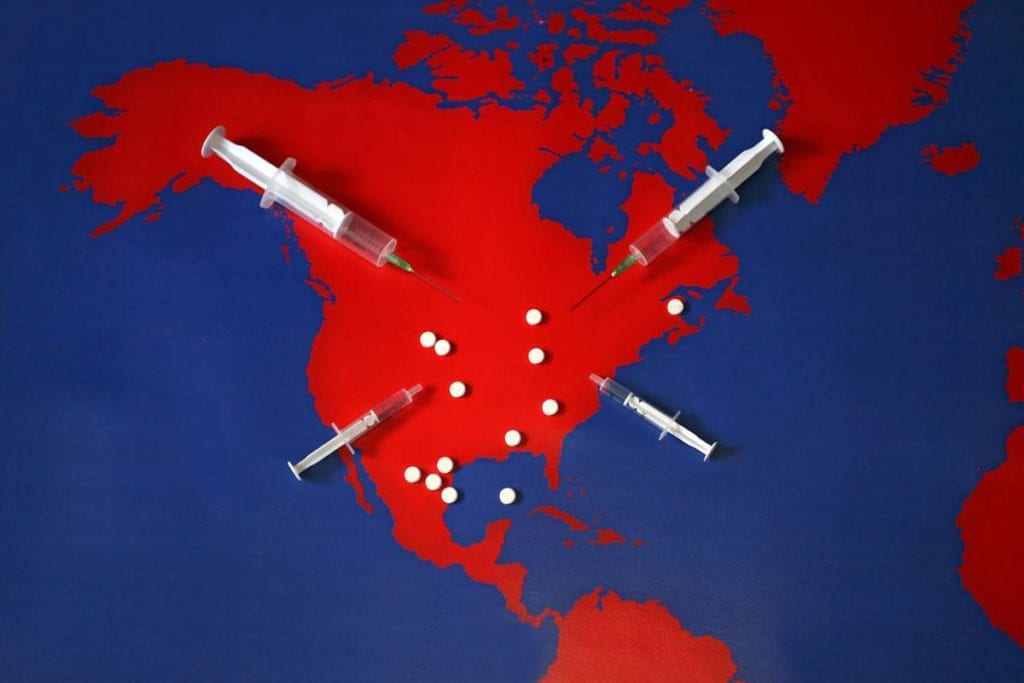Drug abuse is a matter of life and death in the U.S. — and a recent look at the statistics shows death is becoming an increasingly more common outcome. Drug overdoses are the leading cause of injuries, which are the leading cause of death for Americans between the ages of 1 and 44, according to a June 2015 report released by Trust for America’s Health (TFAH) and the Robert Wood Johnson Foundation (RWJF). Among the 193,000 Americans in that age group who die each year from injuries, almost 44,000 die because of drug overdose, according to “The Facts Hurt: A State-by-State Injury Prevention Policy Report.”
An Epidemic
The findings point to a sharp rise in the number of overdose deaths in the U.S.: From 1999 to 2013, the number of lethal drug overdoses more than doubled, according to the report, so that overdoses now surpass motor vehicle accidents as the leading cause of injury-related death. And in the last four years alone, the number of lethal drug overdoses has increased “significantly” in 26 states and Washington, D.C., the report says. Only six states saw a decrease in lethal drug overdoses. Prescription painkiller abuse is a large part of the problem. The Centers for Disease Control has declared overdoses from such drugs an epidemic in the U.S. According to “The Facts Hurt” report, prescription drug overdoses account for more than half (roughly 52 percent) of the 44,000 yearly lethal overdoses — with 16,000 of these deaths related to prescription painkillers and 7,000 related to anxiety and sleep medications.
Preventing Deaths
In addition to tracking the nationwide trend in drug overdose rates and other injury-related deaths, TFAH and RWJF evaluated states based on their adherence to 10 “key indicators of leading evidence-based strategies” for lowering injury rates, as developed “in consultation with top injury prevention experts” from the Safe States Alliance and the Society for the Advancement of Violence and Injury Research. The report considered the following indicators when looking at states’ effectiveness in working to prevent and reduce lethal drug overdoses:
- Requirements to use data from a prescription drug-monitoring program by at least some healthcare providers (25 states have this requirement; the other 25 states and Washington, D.C., don’t.)
- State laws expanding access to and use of overdose rescue drug naloxone for lay administrators (34 states and D.C. have such laws; 16 states don’t.)
Additional Steps
Such measures aren’t enough to stave the growing tide of overdose casualties in this country. Better access to addiction treatment services and expedited treatment are also critical to lowering the lethal overdose rate, says Promises Behavioral Health president. “Poor access to treatment increases overdose risks…Recent healthcare changes have extended this coverage, but healthcare plans have been slow to respond, and in many cases provider networks are inadequate. Shortening the time between when a referral is made and when an individual starts treatment will save lives.” By Kristina Robb-Dover Follow Kristina on Twitter at @saintplussinner

